How to Create the Perfect Home Cinema
Many of us are used to the big screen experience, whether at the movies or a friend’s house, so it’s no surprise that more people than ever are excited at the prospect of including a home cinema as part of their projects.
With more technology surfacing, it makes sense for self-builders and renovators to have a dedicated room to deliver all of this entertainment – somewhere the family can come together and take an evening to unwind from their busy lifestyles.
Getting started
When considering a home cinema, the first step should be to build a relationship with a company that has a proven track record of delivering schemes that match up to your goals.
Your project will stand the best chance of success if you have an experienced technology integrator advising and aiding you through both the planning and installation stages. You can use Cedia’s Find a Pro service to locate your nearest smart home specialist.
After you’ve appointed a technology integrator, it’s important to begin discussing your budget. A good installer will want to understand what you’re hoping to achieve; and you’ll need to understand the costs involved. Once you’re on the same page, you can move forward with a realistic scheme by tackling the design and practical considerations.
The cabling
Putting in place a reliable and stable infrastructure is the most important element of your home cinema installation. It needs to be properly thought-through before work begins and integrated at the very start of the building stage. At this point, it’s cost-effective to add the cables and ensure they’re correctly run, enabling a wire-free look on completion.
Chasing service runs discreetly into walls is the preferred method for achieving this, but it requires expert planning and a real understanding of what’s required – as you can’t easily pull new wiring through once the room has been decorated. Remember: the most expensive cable you’ll ever have to install is the one you’ve forgotten.
Kitting out a home cinema
Your new dedicated space will lend itself to a system that’s designed to deliver ultimate performance, but it needs to be supported by good specification elsewhere – from the acoustic treatment of the room through to the audio-visual equipment you select.
You’ll also need ambient light control and optimal positioning of screen, speakers and seating in order to deliver a satisfying user experience. You should discuss all these elements with your technology integrator.
Although the specification for cinema rooms varies depending on the environment they are installed in and the budget you have available, it is fair to say that certain features and kit are absolute must-haves. These include:
The projector
Some people opt for a large flat screen, but rooms with TVs aren’t usually what professionals would classify as home cinemas. If you really want the picture house experience then a good projector and a suitable projection screen are a must.
Surround sound
A 5.1 or better setup is a necessity. So as a minimum you need five speakers (three in the front: left, centre, right; and two in the rear: left and right) as well as one subwoofer.
Audio systems are often more sophisticated than this, offering many audio channels and multiple subwoofers.
The speakers must be powered by an AV receiver, or, in higher-end installations, separate amplifiers and sound processors.
Lighting control
Creating the right ambience will have a huge effect on the overall experience when the family’s watching movies. If your budget allows, then intelligent lighting control systems are the best option as they will allow you to change the mood in the space with just a single button press.
Importantly, it’s not just about turning off or dimming the ceiling fittings – you need to be able to control how much natural brightness is entering through doors, windows or skylights.
Plenty of motorised window treatment solutions can be integrated alongside the lighting control system: roller and roman blinds, curtains or skylights, to name but a few.
Acoustic treatment
Professional acoustic design will always benefit a home cinema environment. There are a number of advanced options to promote good quality sound. But in cases where budget is limited, there’s one ground rule you should always follow, with no exceptions. This is to ensure that there are as few hard, flat surfaces as possible so there’s no echo effect in the space. So if you have hardwood flooring, cover it with a nice thick carpet, for instance, introduce window dressings and ideally opt for fabric sofas and chairs.
Matt Nimmons is managing director at CEDIA, an international trade organisation dedicated to advancing the home technology industry. From designers and manufacturers to integrators, CEDIA members gain access to high-quality training and certification, which ultimately goes into your project. Visit www.cedia.org for more details and to track down technology integrators in your area.
Main image: This project by Sphere Custom (South Africa) won a CEDIA award for Best Home Cinema in 2016
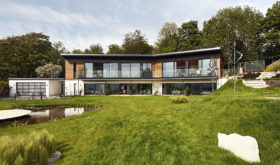
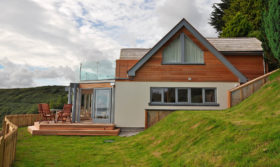


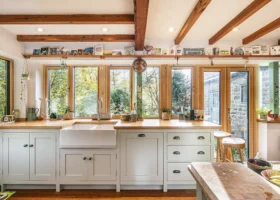




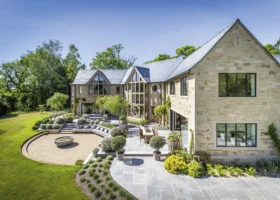









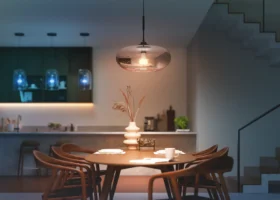
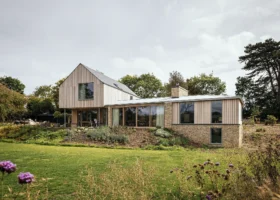

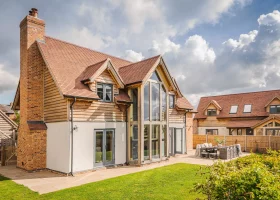


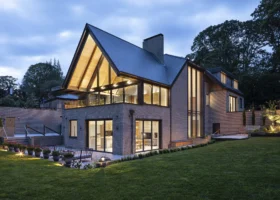













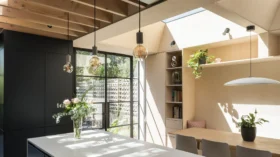



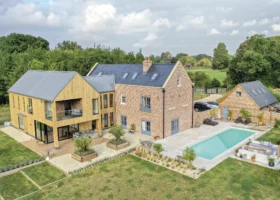

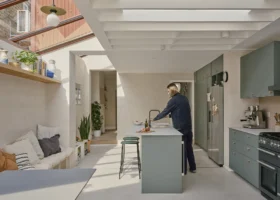
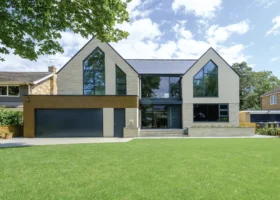
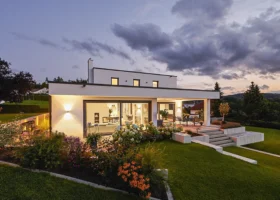










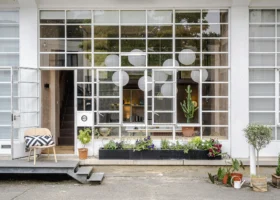
























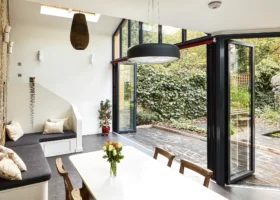














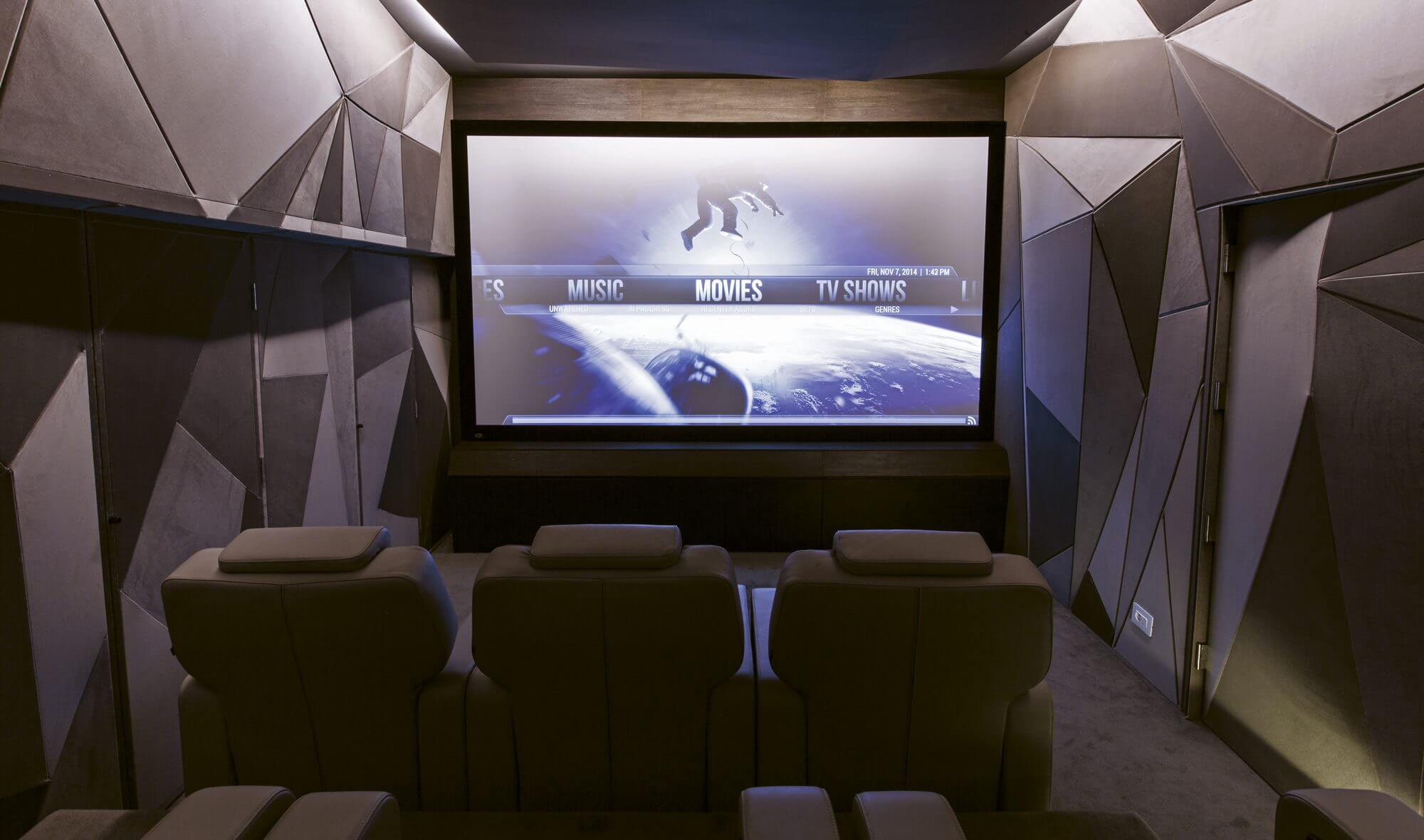
 Login/register to save Article for later
Login/register to save Article for later




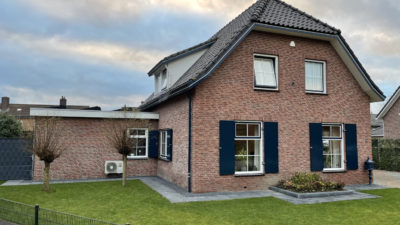
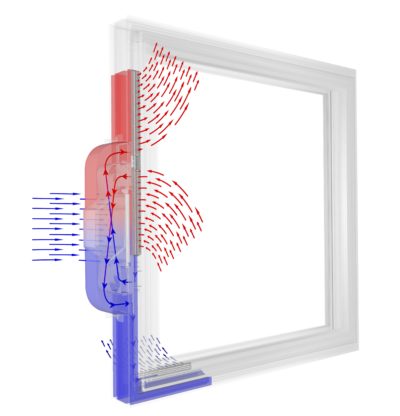
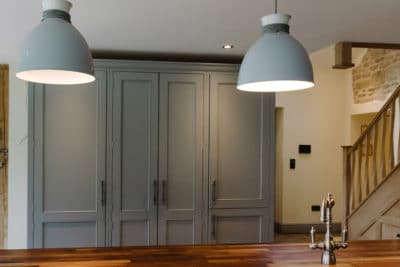






Comments are closed.